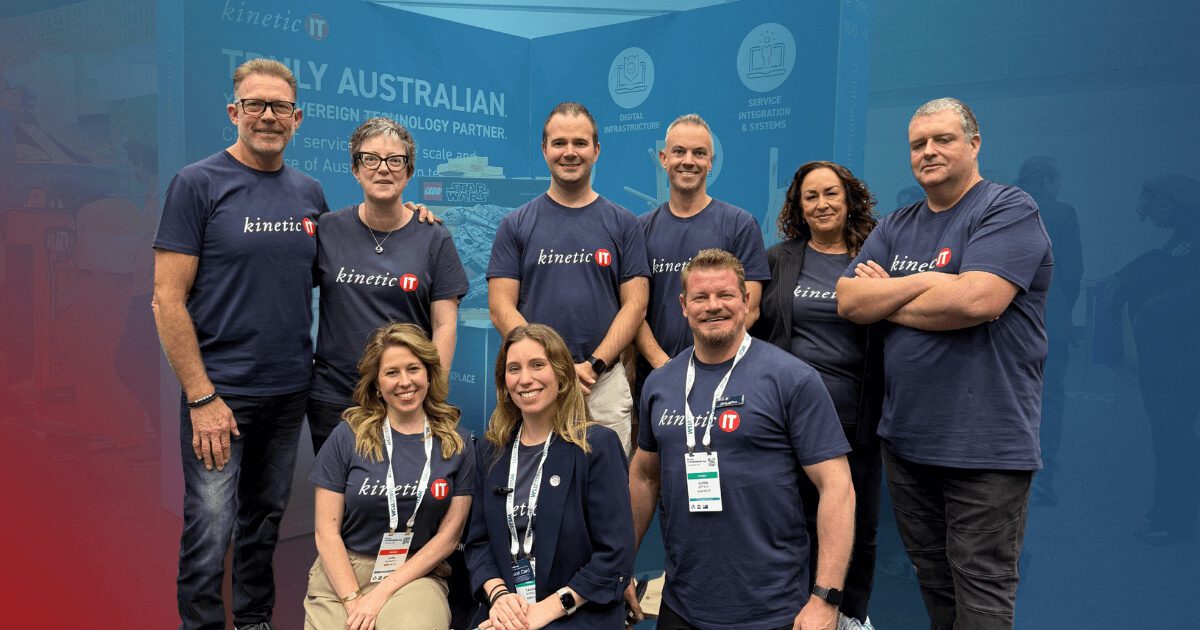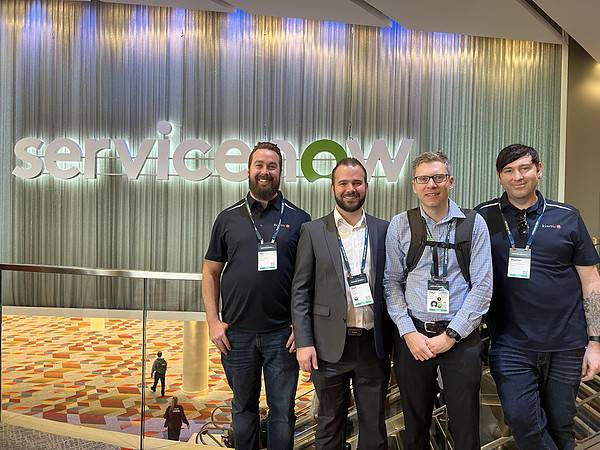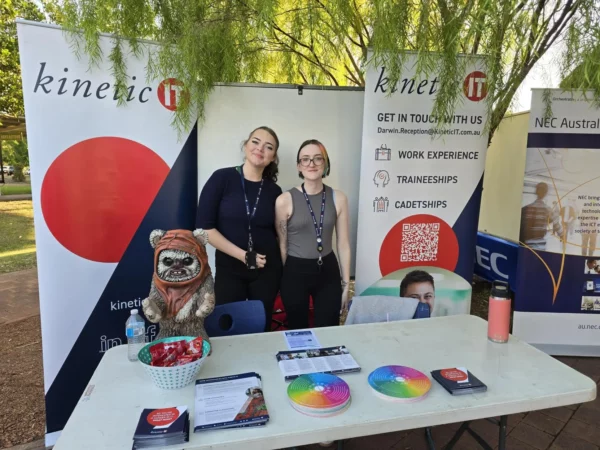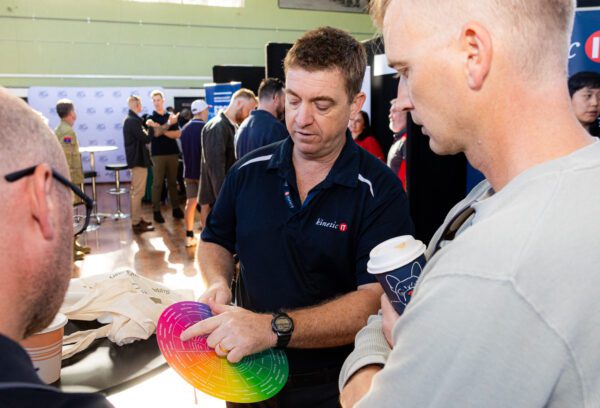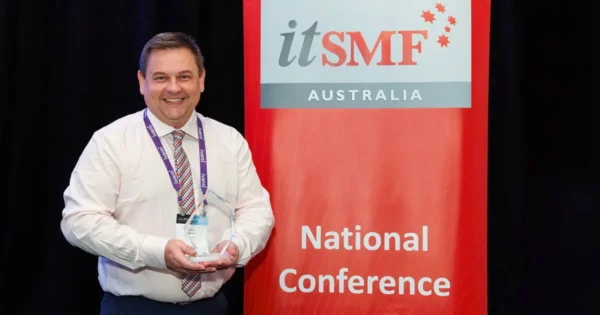Our nation is moving at break-neck speed towards a sovereign and secure digital future.
With IT spending in Australia forecast to reach $172 billion next year and sovereign AI offerings on the horizon, there’s no shortage of momentum. The Gartner IT Symposium/Xpo™ – Australia’s annual IT industry gathering – is a timely check-in on how these investments may shape our future.
While no single event can predict which way the wind will blow, Xpo™ on the Gold Coast (Yugambeh Country) comes close. It remains the hottest ticket in IT each year for this reason.
Gartner’s global army of analysts descended on last week’s Xpo™ at the Gold Coast Convention and Exhibition Centre, armed with screeds of research to support the key insights they shared with Australia’s top decision-makers.
Of course, there were plenty of insights gleaned from speakers and panels. At last year’s Symposium, AI was the buzzword on everyone’s lips. But this year, it was all about how AI is now fundamental to your operations, and is shaping what the future looks like.
It’s no longer a buzzword (at least from the perspective of Gartner’s analysts), as they are showing us how the winners of tomorrow will be the organisations that change towards the services models that make sense in a world powered by AI.
But to see what the future looks like, maybe we should be looking at what’s outside of the AI bubble?
Here are a small handful of curious signals our experts observed at Xpo™ – from beyond the AI bubble – that indicate what might be in store for Australia’s digital future.
How many Australian tech firms will there be in five years’ time?
“It’s really interesting, there are a lot of vendors around here that are selling cyber security. Different solutions for AI solving problems, things like that,” said Tony Campbell, Enterprise Security Service Line Manager for Kinetic IT, on day one of Xpo™.
“What I’m really interested in is: in five years’ time, how many of these vendors will have been either bought up by large AI delivery companies, like OpenAI, or how many of them would’ve gone out of business because their own products would’ve been automated by AI?
“I think the speed of the industry is changing, and the speed of change AI is directing into our industry, is the thing that is going to drive what our future looks like in service delivery.”
Service providers need to ‘grow up’
“Well, of course it’s all been about AI as you would expect,” said Michelle Major-Goldsmith, Service Integration & Systems Service Line Manager for Kinetic IT, at Xpo™.
“But one of the really interesting things I heard from Gartner was this focus on your service providers.
“Because, of course, [the world] is very much about complexity and systems, and ways of working. The keynote speaker was talking about the fact that we have got to get our service providers to ‘grow up’. He was referring to them as if it was akin to your children. So, make sure your providers really focus on just getting better.
“By 2027, we’re going to be in a situation where 35% of countries are going to have an expectation of sovereignty in AI and their service provision. And that really brings governance into focus,” Michelle said.
“[We must] think about how we’re going to manage governance of service providers, how we’re going to look at the approach to data management, country-specific context.
“It’s really putting the focus on back on service providers through service integration.”
We haven’t yet quantified the impact of AI on jobs
“AI has been the real theme today, in all of the talks I’ve been to,” Tony shared. “One of the things that is really clear is that AI is coming for a lot of jobs that are going to be entry level jobs.
“Some of the talks we went to talked about things like AI agents being used to replace service desk technicians, low level security people.
“One of the things that really concerns me,” Tony said, “is how do we then build the bridges for people coming out of university and then getting them into those career paths? So that they’re able to go through some form of training before they’re getting to the point where they’re really delivering value for their companies?
“Without those entry level jobs, and with what AI is going to be replacing soon, it makes it really difficult to understand how we are going to get those people into jobs.”
What does it all mean, then?
Well, to be entirely honest, the answer is we don’t yet know what these signals mean.
What is clear, however, is that Australia’s path to a sovereign, secure digital future will be shaped not only by the pace of AI, but by how we govern, partner, and prepare our people. Because technology is only as good as the people that drive it
Perhaps the real challenge is not simply how fast AI moves, but how wisely we choose to move with it.
And that isn’t about how individual companies shift. It’s about redefining the nature of services for the entire market and each industry served.
Some will get it right; some will get it wrong. But one thing is for sure: Staying still will rapidly see you outdated, outplayed and out of business.
The decisions Australia’s tech leaders make today – about governance, service providers, and workforce pathways – will determine whether these signals become warning lights or beacons of opportunity.
Perhaps our investment in AI should prioritise key ecosystem enablers – people, processes, technology.
Well, that’s just what we think, anyway. We’d love to hear what you think – follow us on LinkedIn and join the conversation.
Share

